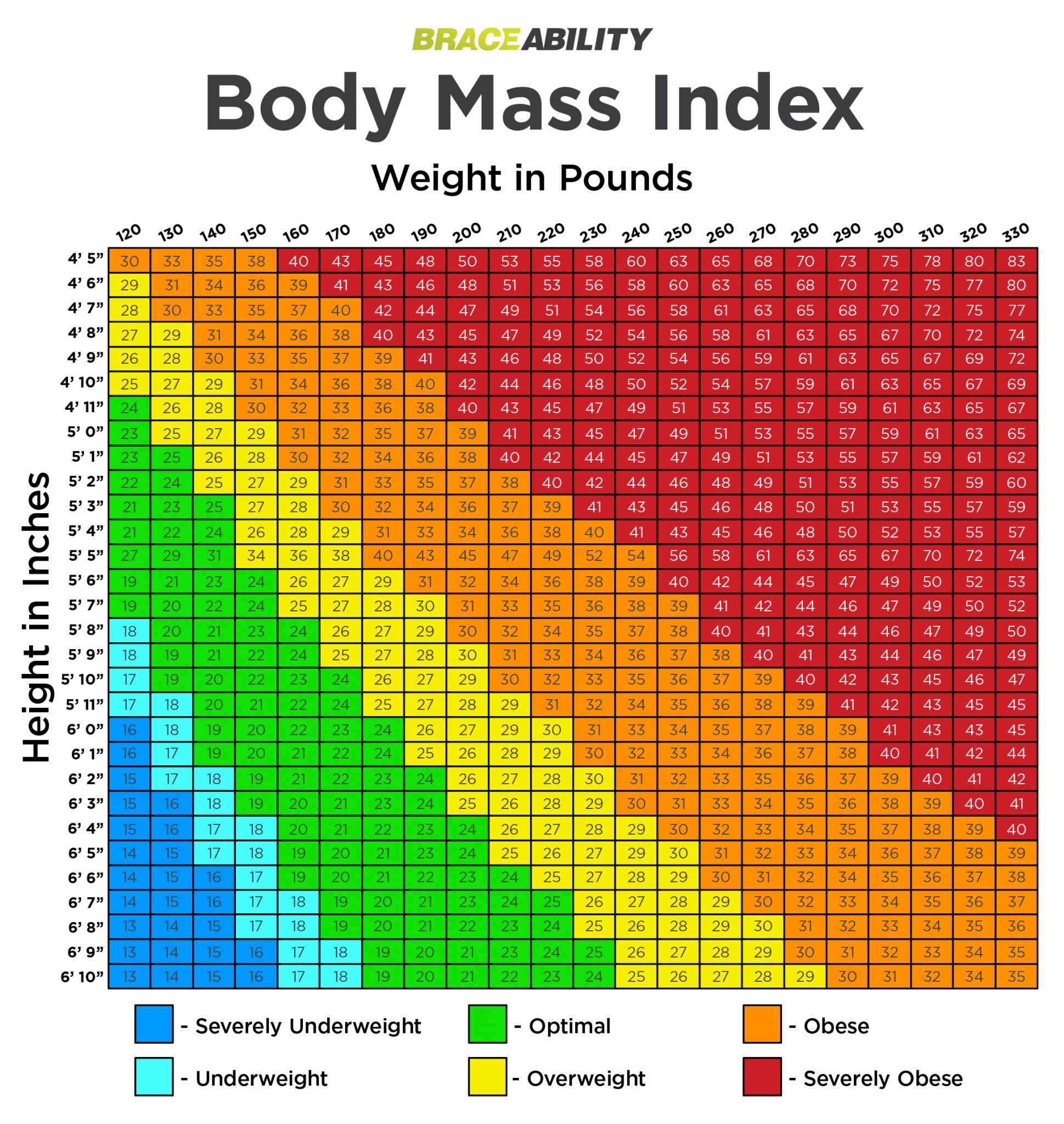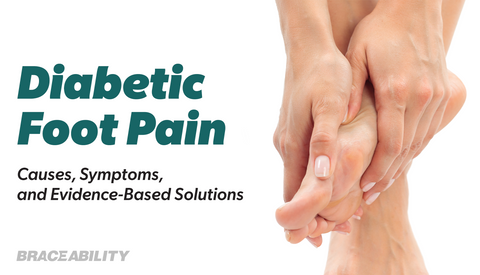Why Back Pain is a Side-Effect of Obesity and How to Treat It
How does Obesity Relate to Back Pain?
To understand why an obese person may experience more back pain than a person of normal weight it is fairly simple. Essentially, excess weight = excess stress on your body. If you are overweight or obese your chances of any muscle, joint, or tissue issues is increased. This is especially common with the back and spine. The weight that is carried around by an obese person puts additional strain and pressure on your back and spine. This in return lends your back and spine to a multitude of potential medical issues. For example, your core is your center of gravity and will shift with excess weight in your belly. This shift will pull your body forward and potentially strain your back. Also common is a problem with the vertebral disc located in your spine. A person's vertebral disc naturally weaken with time. However, the vertebral disc of an obese individual tends to weaken much faster causing a variety of issues.
Health issues most commonly associated with obesity and pain include herniated disc, bulging disc, compression fracture, and degenerative disc disease.
For more information on specific conditions, you can read about obesity-related back problems here.
Before you understand the potential health risks of being overweight, obese, or morbidly obese- you should figure out whether or not your body weight falls in any of these categories.
What is Obesity?
Obesity is medically defined as an excess of adipose tissue. You may be wondering what does that mean? Well, adipose tissue is the medical term for fat or loose connective tissue. If a person is deemed obese, he or she has accumulated enough body fat to the point where it is negatively affecting their health. In general, you are not considered obese until your body weight is at least 20% higher than it should be.The most common way to determine excess adipose tissue is the body mass index or BMI.
How Do I Determine my BMI – Body Mass Index?
BMI calculations are done by taking your weight in kilograms divided by the square of your height in meters. This may seem extremely confusing and like way too much math. Thankfully, we at Braceability have done all the work for you. If you’d like to determine your BMI, check out the graphic below!

Another form of calculating your body mass index is the waist-hip ratio or WHR. With the waist to hip ratio, you measure the circumference of your waist to that of your hips. You should measure the smallest circumference of your waist, right above your belly button, and divide that total by the circumference of your hips at the widest part. This one is a little easier to do on your own. Once you receive your results, find out where you fall.
Now that you know your BMI, it is vital you understand all the health issues a high BMI can create.
So… What Health Problems Does Being Obese or Overweight Cause?
Unfortunately, obesity can cause a multitude of problems. Here are a few:- Development of coronary heart disease
- High blood pressure
- Risk of type 2 diabetes
- Heightened possibility of stroke
- Sleep apnea
Now that you know all about obesity and health problems it may cause, it’s time to learn how to treat back and spine pain.
What is Treatment for Back and Spine Pain Caused by being Obese or Overweight?
If you suffer from being overweight, obese, or even morbidly obese, your best treatment is weight loss. However, we all know losing weight is an extremely difficult task, especially in the beginning. Weight loss with back pain can become increasingly difficult because it makes exercises painful, in return making the process even more discouraging. So it’s important you take the necessary precautions and steps to avoid extreme pain from your back and spine issues. Here are a few braces to try in order to curb your pain in order to reach your goal:
Plus Size Bariatric Back Brace For Deep Lower Back Pain – Sizes XL, 2XL, 3XL, 4XL, 5XL, & 6XL
This plus size back brace will help deal with moderate pain in your lower back region. This is an ideal product because it comes in so many different plus sizes that you’re sure to find the right fit for you. Even better, it’s comfortable and effective. This plus size back brace features a breathable elastic material that can still be worn under clothing. The material is soft and plushy against the skin and can be refitted for different fits for compression purposes. This is a great, affordable beginner brace for all different types of body types.










